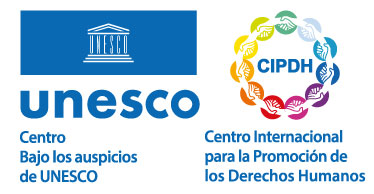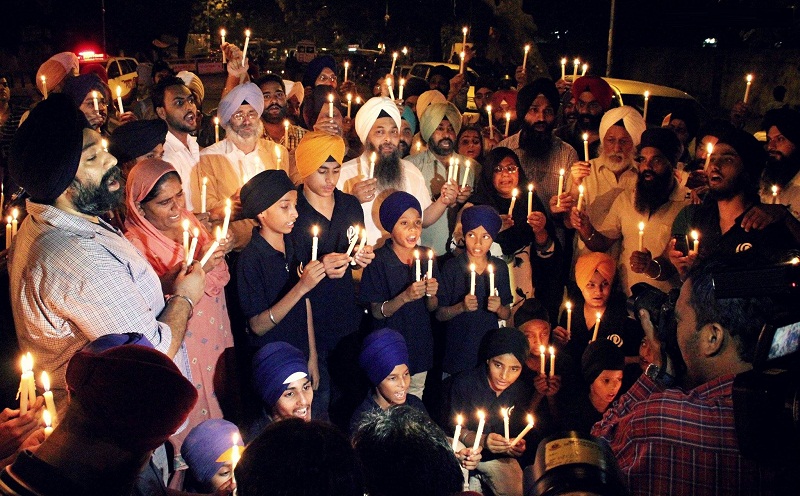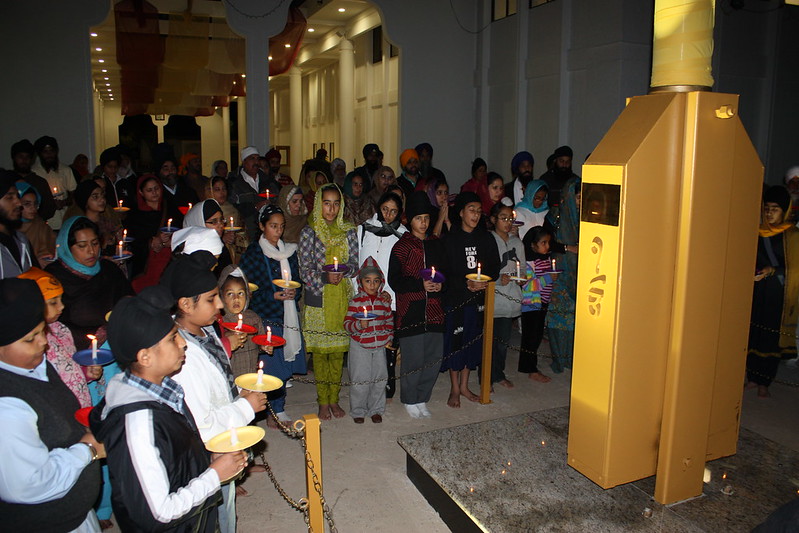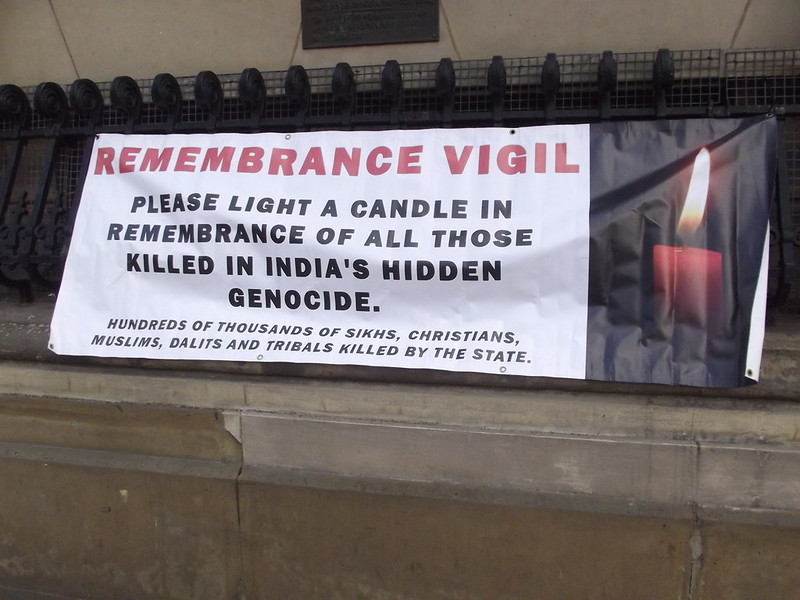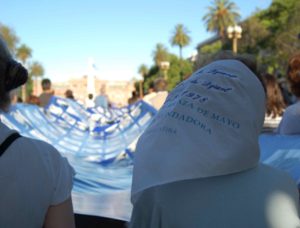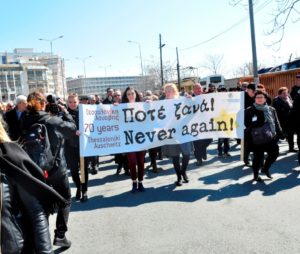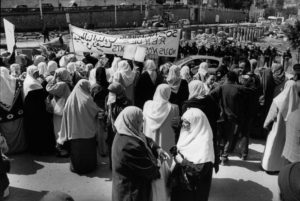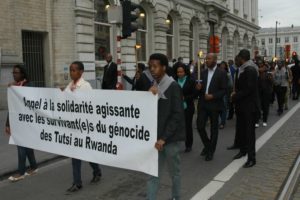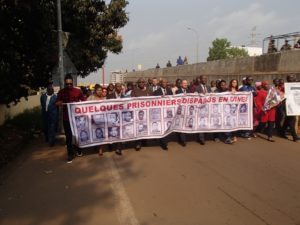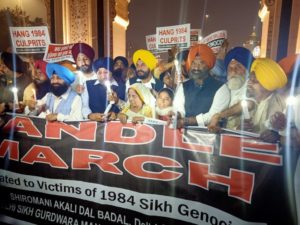Candle March to Commemorate the Massacre of the Sikh Community in 1984
Intangible
Theme: Genocide and/or Mass Crimes

Address
Gurudwara Rakabganj Road
Country
India
City
New Delhi
Continent
Asia
Theme: Genocide and/or Mass Crimes
Purpose of Memory
To honor the memory of the Sikh victims murdered in November 1984.
Known Designation
Candle March to Commemorate the Massacre of the Sikh Community in 1984
Date of creation / identification / declaration
1985
Public Access
Free
UNESCO Connection
2004: Harimandir Sahib (known as the Golden Temple) is registered in the Tentative List of India for world heritage of UNESCO.
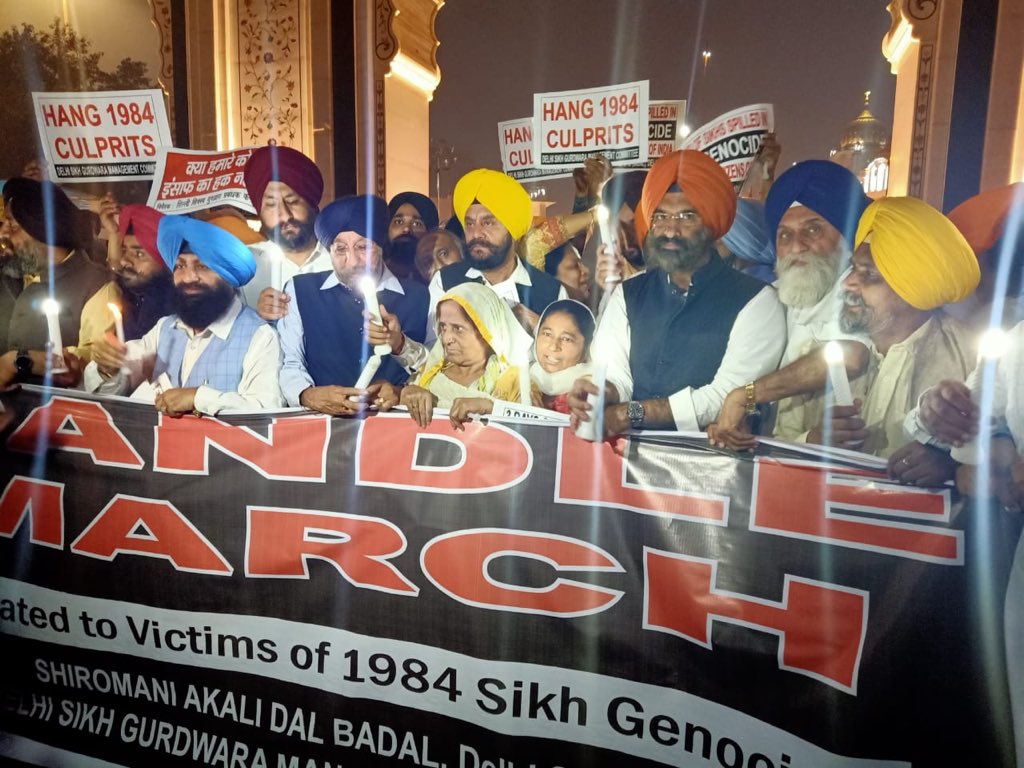
Location description
Every November 1 in New Delhi, the “Candle March” is held to pay homage to the massacre of the Sikh community in 1984. Since 2017, the march ends in the Wall of Truth, opened that year as a monument to the victims. This movement is replicated in different parts of the world by the Sikh diaspora.
The Sikhism is one of the four religions of Indian origin, together with Hinduism, Buddhism and Jainism. The India Sikh community represents 1.5% of the population and most part of its members live in the state of Punjab. Since its independence in 1947, the relationship between the Sikh community and the Government of India was tense, due to the refusal of the latter to create a province where the official language was Punjabi (spoken by the Sikh).
On June 6, 1984, the then Prime Minister Indira Gandhi ordered to attack the Golden Temple complex, sacred place for the Sikh community, in what was known as “Operation Blue Star”. The political leader Bhindranwale and his followers were hidden in the temple. As a result of the operation, the main center of Sikhism religious authority, the Akal Takht, placed opposite the Golden Temple, was completely destroyed. Bhindranwale and other members of the Sikh community were murdered. This started a violence cycle that lasted until 1995.
On October 31, 1984, Indira Gandhi was murdered by three of her bodyguards, who belonged to the Sikh community. A massacre was triggered against the Sikh, mainly in New Delhi, although afterwards, it spread to other cities of India as well. During five days, approximately 3,000 people were murdered and tens of thousands were displaced. The Government attributed the riots to a spontaneous reaction of the population facing the murder of the prime minister.
In April 1985, the first of a series of Committees to investigate the events was created. The successive investigations concluded that violence had been spontaneous and the public officers had participated in the killings as private citizens.
In February 2005, for the first time, an official report acknowledged that violence had been organized. In 2006, the India government ordered a monetary restitution for families of the victims and wounded, as well as a financial aid for those who had lost their properties. In 2014, another financial compensation was granted to 3,325 families of victims. However, the Sikh community made clear that the monetary restitution cannot replace their justice claim. In 2017, justice convicted the first responsible parties for the murders.
In the context of extreme violence following the massacre that lasted until 1995, the memory of the victims was specially muted mostly by the Government of India. Different Committees were created to investigate the events that systematically sustained the “spontaneous” nature of massacres.
Memorialization of events of 1984 was driven in the beginning by the families of victims, particularly widows, organized immediately after the events and with the social recognition in New Delhi.
Since 2000, the homage through Internet websites to maintain the memory of the events and spread the word on what happened, with pictures such as portraits of the victims and plundered temples gained special prominence. In the same decade, some movies, documentary films and books on this case were released.
Since 1985, the Sikh community in India -and in different cities of the world where the diaspora established- started to hold public demonstrations in order to remember and seek justice for the serious violations. Every year, the taking of the Golden Palace in June and massacre in November are commemorated. On November 1, in New Delhi and in other cities of the world, candle marches are organized to commemorate the massacre of 1984. Participants take signs with claims for justice and pictures of the victims. In the recent years, the march in the capital city of India ends at the Wall of Truth, opened in January 2017 as a monument to the victims. Marches usually take place together with exhibitions and talks to inform society on the events of 1984.
November 2019 in New Delhi.
